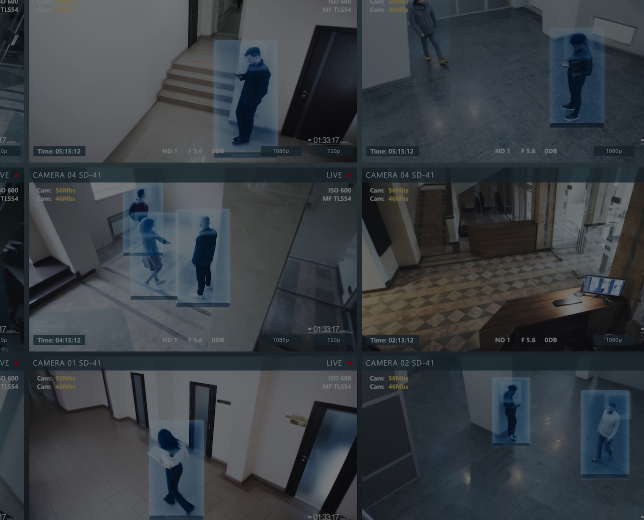
Researching Landlord Technologies
How to Research Landlord Tech
Step 1: Identify Social Media Presence
If you want to research a specific landlord tech company, the first step is to go to their website and see if they have any social media accounts. Sometimes, these can be found in the footer of the website, or you might want to look up “Instagram + ‘Company Name’” on a search engine and see what comes up. If the company has an Instagram account, read a few posts and see if there is any information about specific locations (cities, neighborhoods, buildings) that could locate where their technology is being deployed.
Step 3: Export and Clean Data
Upload the data you scraped into Google Sheets, Airtable, Excel, LibreOffice, or other spreadsheet software of your choice. Read through your data and clean up the spreadsheet to only keep information that you are interested in. This is a sample spreadsheet with data scraped from the Instagram account of virtual doorman company Carson (@carson.live). Each row represents a different Instagram post from Carson. Each column contains a different set of information scraped from the post (ex: description, location, photo, hashtags, etc).
Step 4: Additional Data Sources
Once you have a clean spreadsheet with scraped social media data, you may want to add more information based on how you’d like to use it. For example: If you want to visualize your data by mapping it, you will need to “geocode” it. That means, for any post with a specific location (ex: New York City, NY or “45 Landlord Avenue, Brooklyn NY”), you will need a “latitude” and a “longitude” to place it on a map. You can geocode points individually by inputting addresses into LatLong.Net, or using a batch geocoder like Batch Geocoder for Journalists. In your spreadsheet, you would need to add a column for latitude, and a column for longitude. If you want to research the landlord of a specific building where tech has been deployed, you could add a column in your spreadsheet for “ownership” and look it up. In New York City, JustFix NYC’s WhoOwnsWhat is a great tool to find out who owns a specific building. In San Francisco, the AntiEviction Mapping Project will be releasing a similar tool, EvictorBook, to help tenants research their landlords.
Step 2: Scrape Data
Once you have identified one or more companies whose social media accounts could be fruitful as a data source, you are going to need to “scrape” the data — in other words, find a way to bulk download the information they have posted on their social media page. Alternatively, you could do it manually and write down the information contained in each post into a spreadsheet — but that takes a long time. There are many ways to scrape data. One platform is Octoparse,191 a web scraping tool that comes with a handful of free templates. Templates are great if you do not have software engineering experience — they allow you to scrape data without writing your own code. One shortcoming of Octoparse however, is that the free version only lets you scrape up to 8,000 hours (roughly 300 days) of social media posts —so you won’t be able to scrape the entire company’s social media account. Alternatively, if you have some coding experience, you could look for a code repository that guides you through the steps involved in data scraping. For example, the following GitHub repository guides you through using a data scraper built with Python: https://github.com/arc298/instagram-scraper
Step 5: Ground Truthing
Digital data and maps often include blindpots, misrepresentations, and inaccuracies. They also tend to obscure on-the-ground observations and present a top-down view, gazing down on our cities. If you are able to, it could be fruitful to “ground-truth” the data you have found through web scraping. Find a data point near you, in your neighborhood for example, and go check out the building. Do you see a new video intercom installed in the entrance way, or any other signs of landlord tech? If you feel comfortable, take a picture to show what you find, and contribute it to our growing body of crowdsourced data on Landlord Tech Watch.
Sample Foil